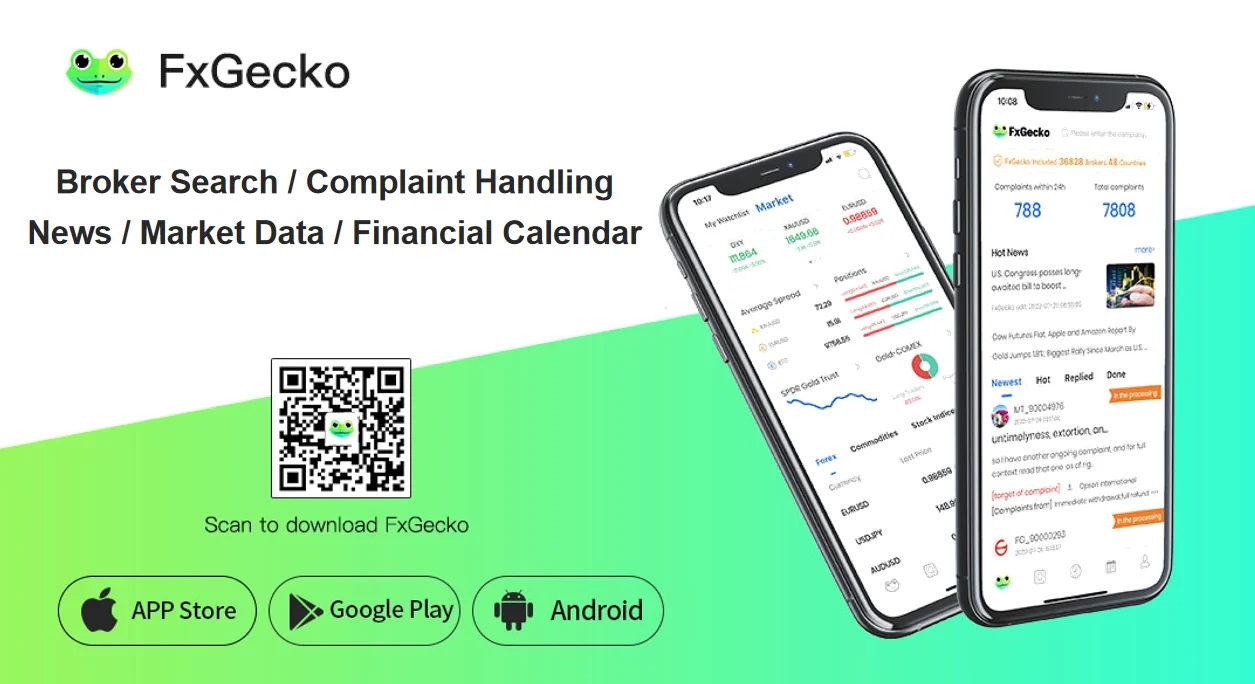Programmatic advertising is the future as far as digital marketing is concerned. The positives vastly outweigh the few limited negatives. Digital marketing, as a whole, is continually evolving, and it’s up to digital marketers to keep pace with new technology.
Human interaction involved in negotiating ad space buying and selling is becoming less frequent and almost non-existent in most ad campaigns. In this article, you will find tactics worth adopting into your next ad campaign. The focus is on three programmatic advertising tactics that work well individually. However, if after you’re testing each tactic proves successful, the next step is to combine them. Till then, rely on one tactic at a time and test until you receive positive results.
Programmatic Display Advertising
Display advertising relates to all desktop and laptop web browsers only. For this tactic, we are excluding mobile, which will be brought up later on this list. Although desktop usage is becoming less and less in favor of mobile usage, display advertising remains the largest segment of RTB supply worldwide. At the core of most ad campaigns, the trusted display ad still endures.
Here are two ways to approach programmatic advertising:
Site buys
Site buying is straightforward and is by far the oldest tactic on this list. For a good reason, it works. Simply buy ad space on websites you want to display ads. Higher traffic sites will have fierce competition for space, and ad serving priority is generally lower with RTB. However, direct deals with publishers, or in this case, programmatic direct platforms is the better option for securing higher ad serving priority.
Contextual
Contextual reasoning is one of the key selling points of programmatic advertising. Sophisticated artificial intelligence understands what a website is about, and is better equipped to match correlating advertisements with it. Unlike site buying, we are moving towards narrowing down our criteria. Site buying is broad in a sense, but contextual is focusing on a specific topic or category. For this tactic to work best, places on the Internet like text-rich blogs, news sites, and forums are ideal. Blogs, news sites, and forums typically have an overarching theme. Advertisements for fishing gear would naturally attract to a fishing forum. Through contextual reasoning, ads will match with the proper channels. The cost of contextual campaigns should only be somewhat more than a standard web campaign. You can expect contextual fees ranging from $0.05-$0.10 CPM, in addition to the cost of inventory.
Programmatic Mobile Advertising
Marketers have begun to understand the power of mobile advertising when factoring in all the data available from a single device. Data such as location, browser history, and mobile apps installed, including usage of these apps, all tell marketers everything they need to know to establish a campaign.
Two tactics we are going over include:
Mobile apps
Exclusive to mobile devices is the mobile-optimized app. Most time spent on a mobile device will be interacting with a mobile app. This is why mobile inventory is among the most attractive inventory for advertisers. Many app publishers offer marketers valuable first-party behavioral and demographic data for better campaign design and enhanced targeting. Because of how useful mobile app data is, mobile app inventory tends to be the highest-priced segment of the mobile inventory spectrum. Next, to display advertising, programmatic mobile app advertising should be one of the first campaigns worth testing.
Hyperlocal targeting
GPS-based targeting takes mobile marketing to the next level. As long as users have their location sharing feature turned on, marketers are capable of sending location-based advertisements within a set radius of a physical location. Alternatively, mobile devices located within a specified area can be set as targets as well. For example, sporting events set as target locations will display ads to any mobile device within the venue.
Programmatic Video Advertising
Beyond the two most considerable obstacles to getting started with video, the cost of inventory, and the resources necessary to produce the video ads lies new opportunities to build a brand. Engaging storytelling is a new form of marketing and achievable with video advertising. If you can get past the two main obstacles, then you have two tactics to approaching video marketing.
In-stream
Traditional TV has commercial breaks, while the Internet has In-stream ad breaks. In-stream video ads are 15 or 30 seconds long either at the beginning (pre-roll), middle (mid-roll), or end (post-roll) of online videos. Keep in mind; this tactic will be the most expensive, with average rates hovering around $10 CPM.
In-banner
An alternative to In-stream advertising is In-banner advertising. In-banner is related to display advertising, in fact these videos show on the sides web pages or above/below the fold. The ad quality restrictions of each publisher determine whether audio for your ad is an option. Automatic audio, audio on rollover, audio on click, and muted by default are different attributes associated with video ad units. Unfortunately, each publisher is different and muted by default could potentially be your only option. However, the tradeoff for this is lower costs. In fact, in-banner video is basically the cost of traditional display inventory.
Universal Targeting Attributes
All of your programmatic advertising will have general attributes associated with every impression that passes through RTB systems. The main attributes worth naming include:
- Time of day
- Day of week
- Frequency
- Geo Location
- Operating System
- Device
- Browser
These general targeting attributes apply to every impression available to advertisers.
Conclusion
Beginning any marketing campaign can be confusing the first time. Choose one of the three types, then focus on one specific tactic. Test the results against another tactic within the same group or move to another ad type. Eventually, build a baseline in all three types of ads before moving onto more massive tactics. Fortunately, programmatic advertising software takes care of the negotiation and placement. It’s up to you as an advertiser to design the perfect ad.








Add Comment